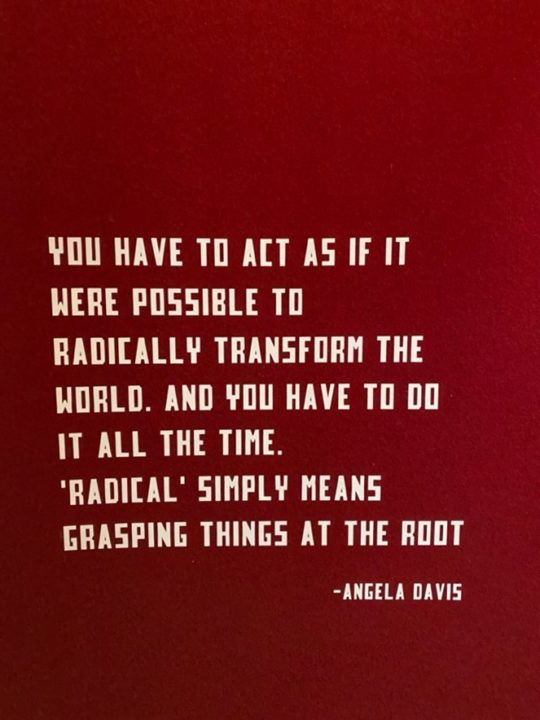The theme of this Biennale, “How Will We Live Together,” resonated so timely with what we have experienced in our personal and professional lives over the past year and a half, that we all decided to visit together.
This was the second visit for me and this edition left me with powerful questions that I will take with me into the summer break and gladly share with you.
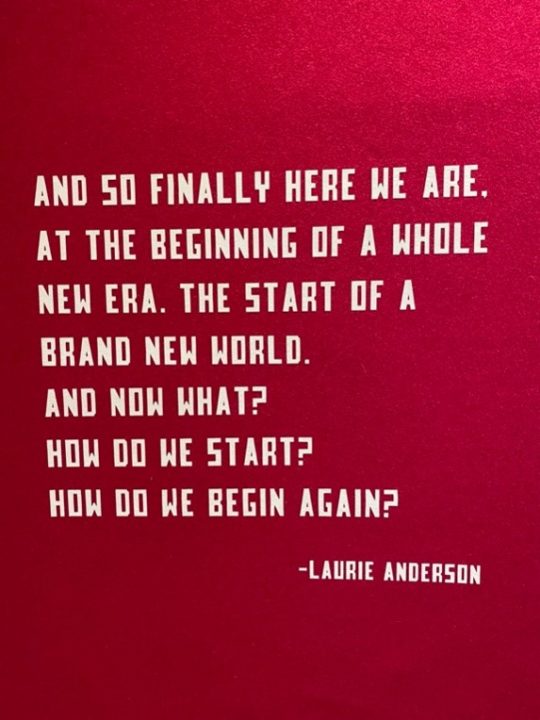
1. the awareness of the spaces in which we live
The spaces in which we live shape or preclude possible worlds. This applies as much to the physical spaces of life and work, which the pandemic offers us the opportunity to rethink, as it does to mental and relational spaces. We could say that the question of this Biennale encompasses, among a thousand other things, the entire debate on smart working, wise working and, more recently, on what new meaning returning to the office may have and how to do it.
How much consciousness do we have of the spaces in which we are immersed? How much do they condition us in the way we think, feel, act? What kind of spaces and encounters do we need at this stage?
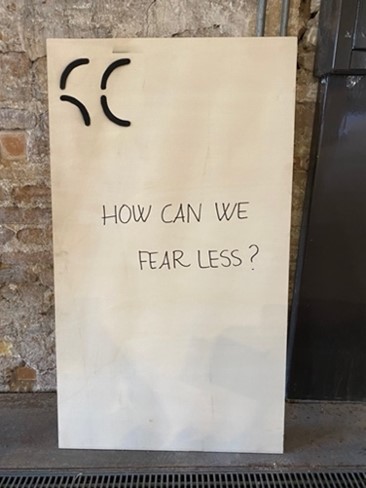
2. leadership at your service
Nature and living organisms are inspiring avant-garde artistic, architectural, and technological movements. In a similar way, they are also inspiring the most evolved organizational models, as in the case of teal, sociocratic and holocratic organizations.
Ego to Eco is the title of an exhibition project that questions the ways of designing human communities, based on the principles of nature.
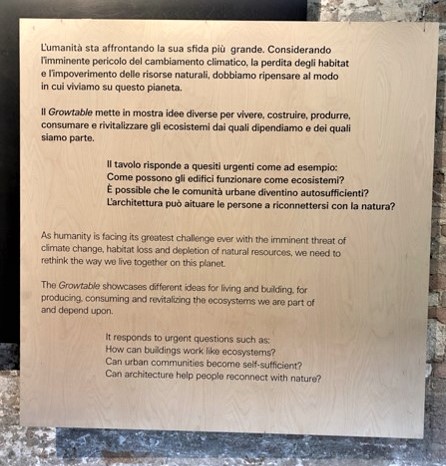
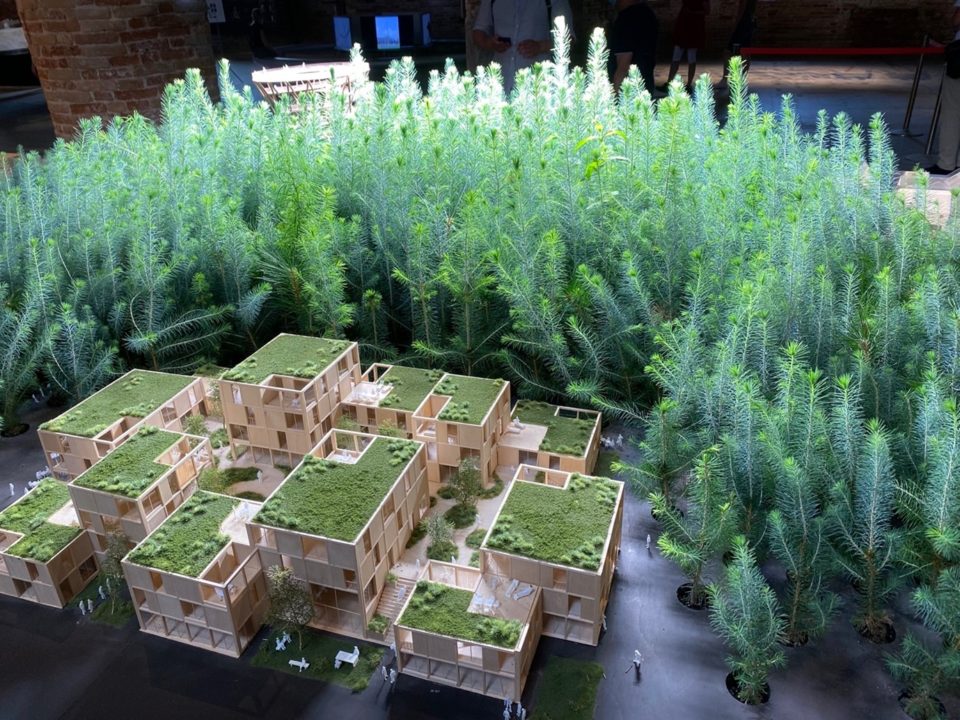
Mushrooms, in particular, prove to be an unexpectedly rich source of inspiration. “Without me you don’t exist”, they say. “Creators and facilitators of life, mushrooms are as resistant as a rock and can transform it into soil through edaphogenesis.
They form mycelium networks that create extraordinary sentient connections between trees. They are recyclers […]. Without them, life on earth would not be possible. As I look at the installation that displays a thousand varieties and tells the story of their lives, the beat of a beating heart echoes throughout the room.
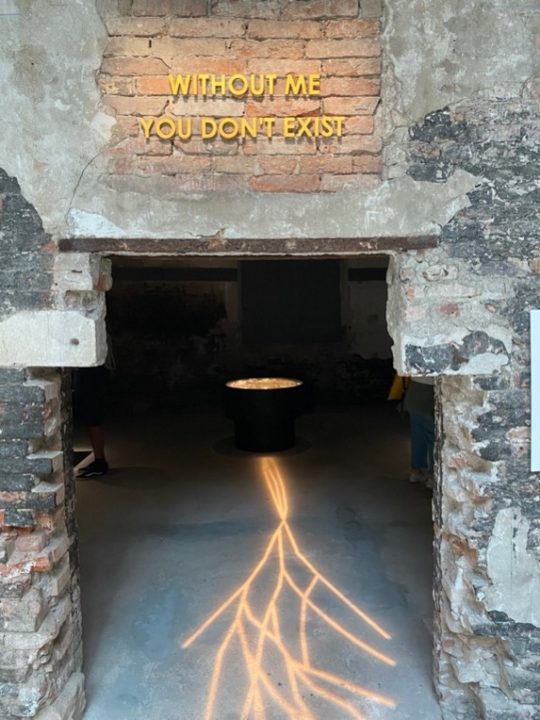
Who are the mushrooms in our organizations? Do we see them, value them, reward them? Or are they invisible, discounted?
The leadership of a “mushroom” is expressed through the service, without which the community and individual performance (which are often the only indicators of performance) would not be possible or would be diminished. Perhaps we can learn from the mushrooms to give them a name and recognition.
3. the 13 points for the practice of organization
The distance between thought and action, between philosophy and reality, between art and the world of organizations is unbridgeable, or is it?
This Biennale is full of Manifestos signed by collectives of professionals from all over the world with a common purpose. United by a communion of purpose and concrete will, they realize projects and make proposals to the challenges of the present.
Let’s take, for example, Sheng-Yuan Huang’s Thirteen Points for the Practice of Architecture and try to read them by replacing the word “architecture” with the word “organization“:
- Have irony
- A free way of living brings an equally free architecture.
- Regardless of the fact that resources may be limited, it is always possible to stand out in terms of architectural materials and construction methods.
- Any architectural motif, if properly selected, can be purified to achieve new spatialities.
- If coherence with respect to a system leads to the gradual development of relevant beliefs and values, different systems can equally coexist.
- Have a disposition for crafting.
- Regardless of the size of a project, look for spaces (read processes for an organization) that can have presence, fluid spaces, spaces that communicate intimacy.
- During times when resources are lacking, prefer simple construction methods. Often these are understated and appropriate to the need.
- Imagine scenarios for future development, not just learning from the present.
- Give possibilities to the search for new spatial possibilities and recognize the value that transformations brought by life give to architecture.
- That “authentic” smell that rises from the freshly turned soil.
- A project strategy guided by standards that are as local and contextual as they are global.
- Always be optimistic.
What is our manifesto? What projects does it generate? Is it a dusty document or the litmus test of our actions and finally inspiring conversations of development?
Let’s return to make inspiration and thought relevant and concrete.
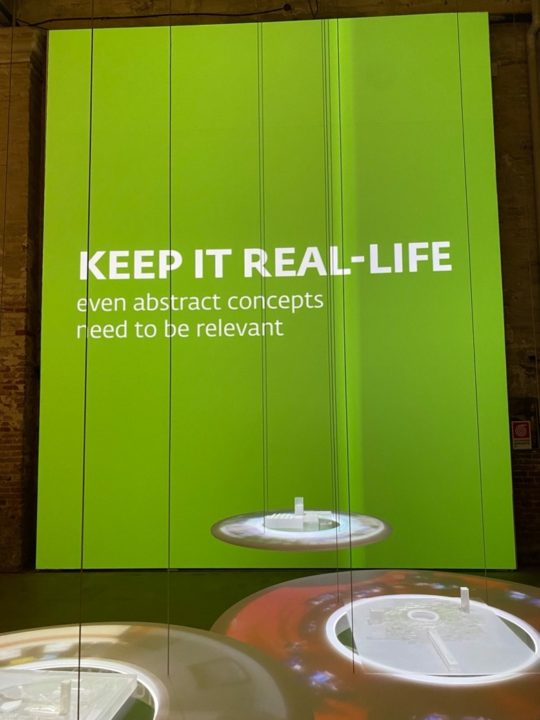
Let us inspire you to imagine “how we will live together”!
As you can tell from this short story, as a museologist and a Peopleriser, I can’t help but recommend a trip to Venice to discover this Biennale.
Go with a friend, a family member, a colleague. Go and dialogue with the projects on display, bringing the reality of your challenges and your questions. Let yourself be provoked, stimulated, deconstructed, inspired, surprised.
…and if you’d like to tell me how it went, write to me! Here is my email: elena.crudo@peoplerise.net
We will certainly come back with our clients to ask ourselves “how will we live together?”.
